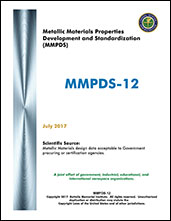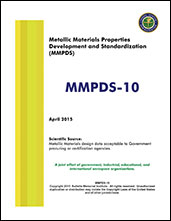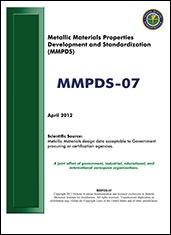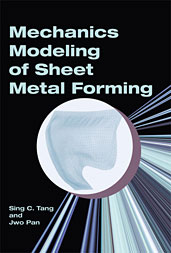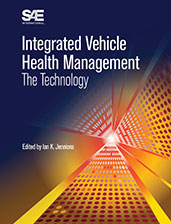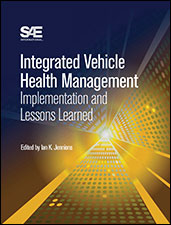Book
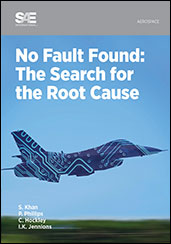
No Fault Found: The Search for the Root Cause
2015-09-03
Today, we are all strongly dependent on the correct functioning of technical systems. They fail, and we become vulnerable. Disruptions due to degradation or anomalous behavior can negatively impact safety, operations, and brand name, reducing the profitability of all elements of the value chain. This can be tolerated if the link between cause and effect is understood and remedied. Anomalous behavior, which indicates systems or subsystems not acting in accordance with design intent, is a much more serious problem. It includes unwanted system responses and faults whose root cause can’t be properly diagnosed, leading to costly, and sometimes unnecessary, component replacements. The title No Fault Found: The Search for the Root Cause was developed to propose solutions to this technical and business challenge, which has become less and less acceptable to the commercial aviation industry globally.







